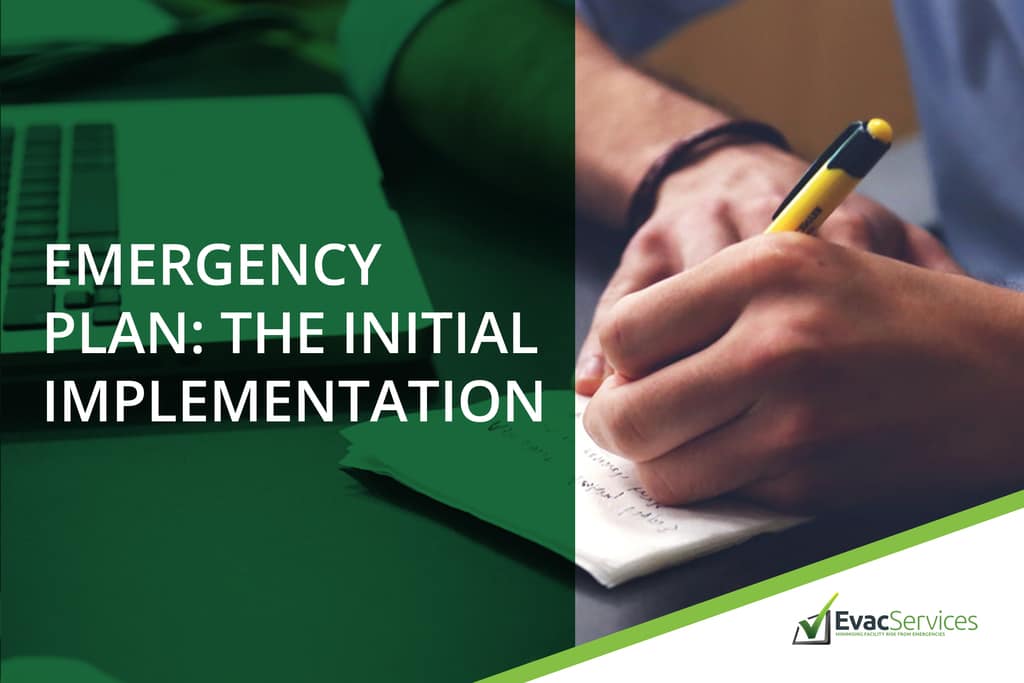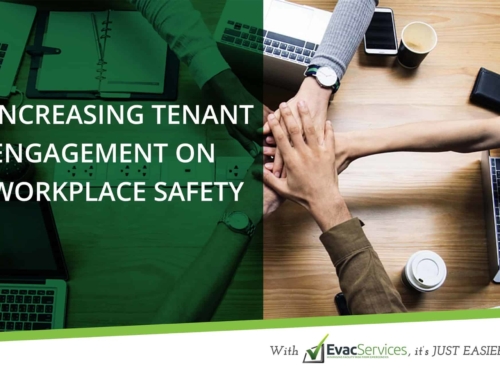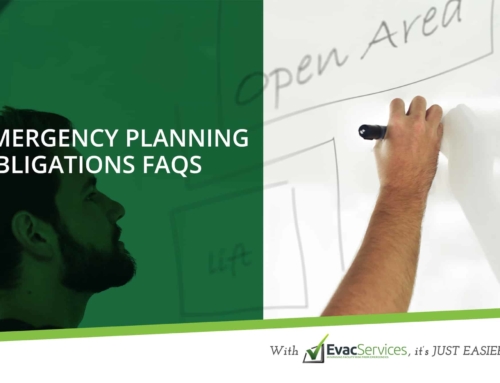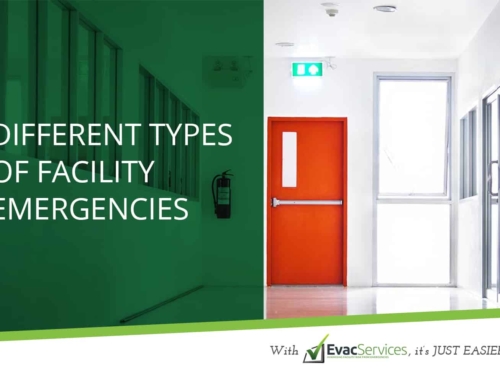The Emergency Plan is required to prepare the company for the unexpected. More than just having the emergency plan, the execution of the emergency plan must be the focus. It should be carried out as efficiently as possible when real emergencies arise.
Ideally, an emergency plan must be crafted holistically, taking into consideration various factors such as building location and structure, official company headcount, and availability of logistics and resources. According to the Safe Work Australia resource, an emergency plan needs to “remain current and effective” and so “must be reviewed and revised (if necessary) on a regular basis.”
When to revise or review the Emergency Plan
Specific developments that would call for a revision or review of a company’s emergency plan would include the following scenarios:
- “When there are changes to the workplace such as relocation or refurbishments
- when there are changes in the number or composition of staff including an increase in the use of temporary contractors
- when new activities have been introduced, and
- after the emergency plan has been tested.”
To facilitate the creation of the emergency plan, an Emergency Planning Committee (EPC) must be formed. This group of, essential, facility and tenant representatives is responsible for preparing, updating and communicating the emergency plan, and will appoint the Emergency Control Organisation (ECO) for initial implementation.
Assuming that both the emergency plan and the committee have been put in place, the next part that companies should deal with is the training or testing of it.
Initial Implementation through Evacuation Exercises (Fire Drills)
It is recommended that the initial testing of the emergency plan be made “within the first 12 months” after workable version of it has been finalised by the EPC, by way of an emergency response exercise. For this initial testing, larger facilities may opt to first do a partial evacuation exercise, just to see how things will go. If the company has a smaller population, then the initial training may already involve everyone and may be as simple as pulling the alarm and guiding them towards the designated safe areas.
Do take note that timing and documenting the exercise is important so that revisions can be made accordingly to make the entire process more expedient and efficient. After all, every minute counts in emergency situations.
For the fire safety drills, it is also advised that the following items be factored in:
- Identity of wardens (take special note of the chief)
- Training of wardens and occupants
- Location for the training/ exercise
- Structural responses to alarm signals
- Evacuation routes
- Emergency reporting and communication methods
- Alarm Systems type and locations
- Designated emergency assembly areas
- Temporary hazards
- Participants of the exercise training, as well as those who are exempt from it.
For those who will be exempt from the emergency training, a notification should be made in writing, and then given to the committee. This way, they should be able to make sure to include the exempted employee in the next training session. Ultimately, though, fire drills or emergency training must be conducted, regardless of revision or update status.
AS3745-2010 also requires the chief warden to be present to ensure that safety requirements and guidelines are followed to the letter. More importantly, he or she is to issue a debriefing session to the participants immediately following the exercise.
There should be an experienced fire safety advisor taking on the role of the observant during the entire process, and they should document the exercise. The advisor’s insights gleaned from actual observation of the practice will allow him to make further recommendations to improve the emergency plan, should it become necessary.
After the recommendations have been made, then the company’s EPC should be able to respond to it swiftly by way of revising or tweaking it, based on the advisor’s and warden’s suggestions.
As an additional note, there may be special requirements that apply to your workplace emergency plan, specifically if your work environment:
- Has confined spaces
- Uses fall arrest harness systems
- Is considered a Major Hazard Facilities and mines
- Handles or manages asbestos
- Stores or handles hazardous chemicals, and
- Carries out demolition and refurbishment sites.
Bring in the experts to help you with your emergency plan! At EvacServices, our goal is simple – to help our customers go beyond simply ticking the compliance box to give them complete confidence in their emergency planning efforts.
Complete the form below, and our experts will talk to you shortly to discuss how our services can help your business.







Leave A Comment